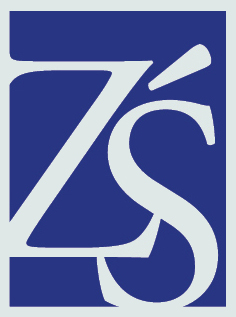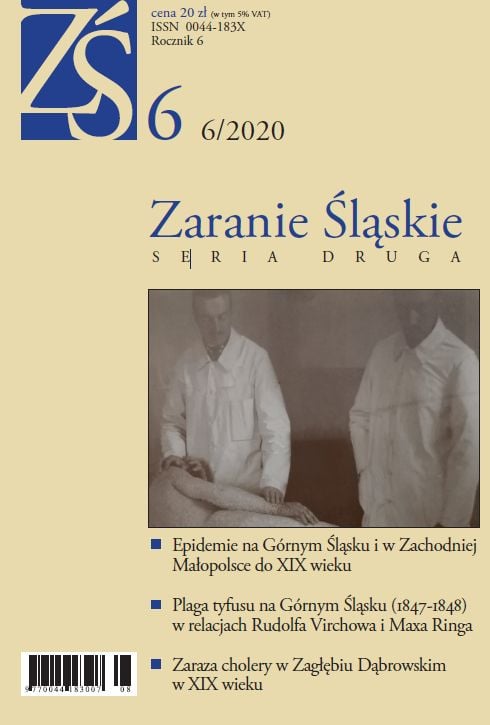Epidemic Threats in Prussia and Upper Silesia between 1871 and 1918 and methods of combating by Prussian authorities
Abstract
Upper Silesia, by becoming part of the Hohenzollern monarchy, benefitted from
being in corporate into the Prussian healthcare system, organized in the wake
of the influenza outbreak from the beginnings of the 18th century. When typhus
started spreading in 1848, affecting in particular the governmental district of Opole,
a talented doctor, Rudolf Virchow, was sent to the area to investigate the outbreak.
He credited the spread of the disease to poor sanitation and low living standards.
Initiatives implemented as a result of his investigation led to the improvement of
both sanitary and economic conditions in the region. In the early 20th century
administrative authorities, as well as medical professionals, believed they could
eliminate any epidemic threat: individual outbreaks were efficiently isolated and
the risk of contracting small pox practically disappeared. Prussia did suffer from
the 1890–1892 cholera epidemic, but – thanks to structured prevention – event his
disease ceased to pose a significant demographic threat. Creating adequate legal
solutions was made possible by scientific research conducted by Louis Pasteur in
France and Robert Koch in Germany. Their work explained in a rational way the
course and spread of infectious diseases. World War I changed the situation dra-
matically, obliterating optimism of the authorities and of the society. Even in Prus-
sian Upper Silesia some diseases, long pronounced eradicated, started re-emerging.
These included typhus, cholera, smallpox – and – last but not least – the 1918 Span-
ish flu pandemic. Its results were still to be seen during the Upper Silesia plebiscite
campaign of 1920–1921.
Downloads
Published
Issue
Section
License

This work is licensed under a Creative Commons Attribution-NonCommercial-NoDerivatives 4.0 International License.
Since transitioning to a digital format, the journal has been operating under open access, meaning all content is freely available to users and institutions.
In issue 8 (2022), published articles are licensed under the Attribution 4.0 International (CC BY 4.0) license.
The full license text is available at: https://creativecommons.org/licenses/by/4.0/legalcode.
Since issue 9 (2023), published articles are licensed under the Attribution-NonCommercial-NoDerivatives 4.0 International (CC BY-NC-ND 4.0) license.
The full license text is available at: https://creativecommons.org/licenses/by-nc-nd/4.0/legalcode.pl.



